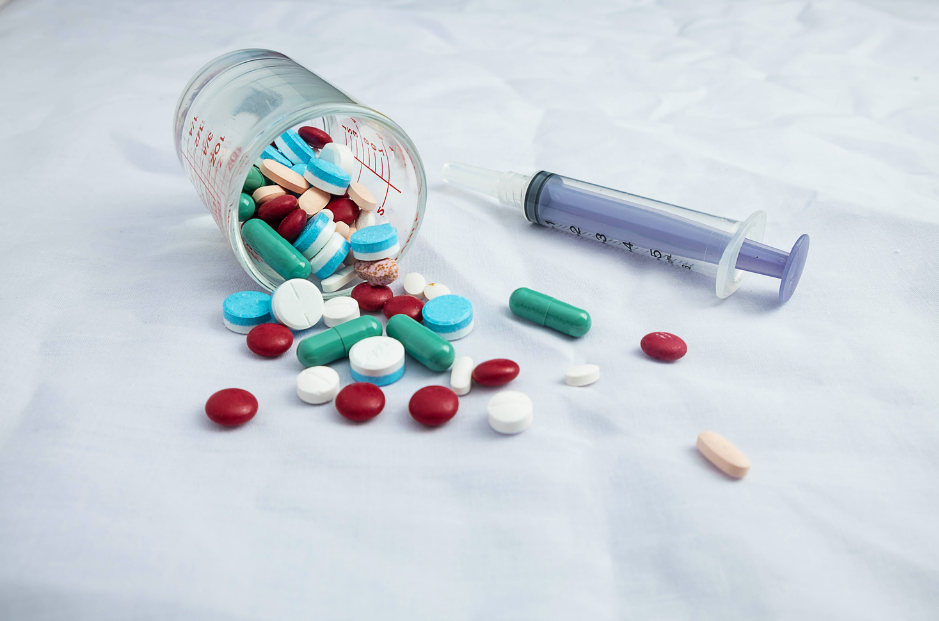Fentanyl is a powerful synthetic opioid that is similar to morphine but is 50-100 times more potent!

Typically a medicine to treat severe pain, known by such names as Actiq®, Duragesic®, and Sublimaze®, synthetic opioids, including fentanyl, are now the most common drugs involved in drug overdose deaths in the United States. In 2017, 59.8 percent of opioid-related deaths involved fentanyl compared to 14.3 percent in 2010.
When prescribed by a doctor, fentanyl can be given as a shot, a patch that is put on a person’s skin, or as lozenges that are sucked like cough drops. The illegally used fentanyl most often associated with overdoses is made in labs. This synthetic fentanyl is sold illegally as a powder, dropped onto blotter paper, put in eye droppers and nasal sprays, or made into pills that look like other prescription opioids. Some drug dealers are mixing fentanyl with other drugs, such as heroin, cocaine, methamphetamine, and MDMA. This is because it takes very little to produce a high with fentanyl, making it a cheaper option. This is especially risky when people taking drugs don’t realize they might contain fentanyl as a cheap but dangerous additive. They might be taking stronger opioids than their bodies are used to and can be more likely to overdose. An overdose occurs when a drug produces serious adverse effects and life-threatening symptoms. When people overdose on fentanyl, their breathing can slow or stop. This can decrease the amount of oxygen that reaches the brain, a condition called hypoxia. Hypoxia can lead to a coma and permanent brain damage, and even death.
Naloxone is a medicine that can treat a fentanyl overdose when given right away. It works by rapidly binding to opioid receptors and blocking the effects of opioid drugs. But fentanyl is stronger than other opioid drugs like morphine and might require multiple doses of naloxone. Because of this, if you suspect someone has overdosed, the most important step to take is to call 911 so they can receive immediate medical attention. Once medical personnel arrive, they will administer naloxone if they suspect an opioid drug is involved. Naloxone is available as an injectable (needle) solution and nasal sprays (NARCAN® and KLOXXADO®). People who are given naloxone should be monitored for another two hours to make sure breathing does not slow or stop.

